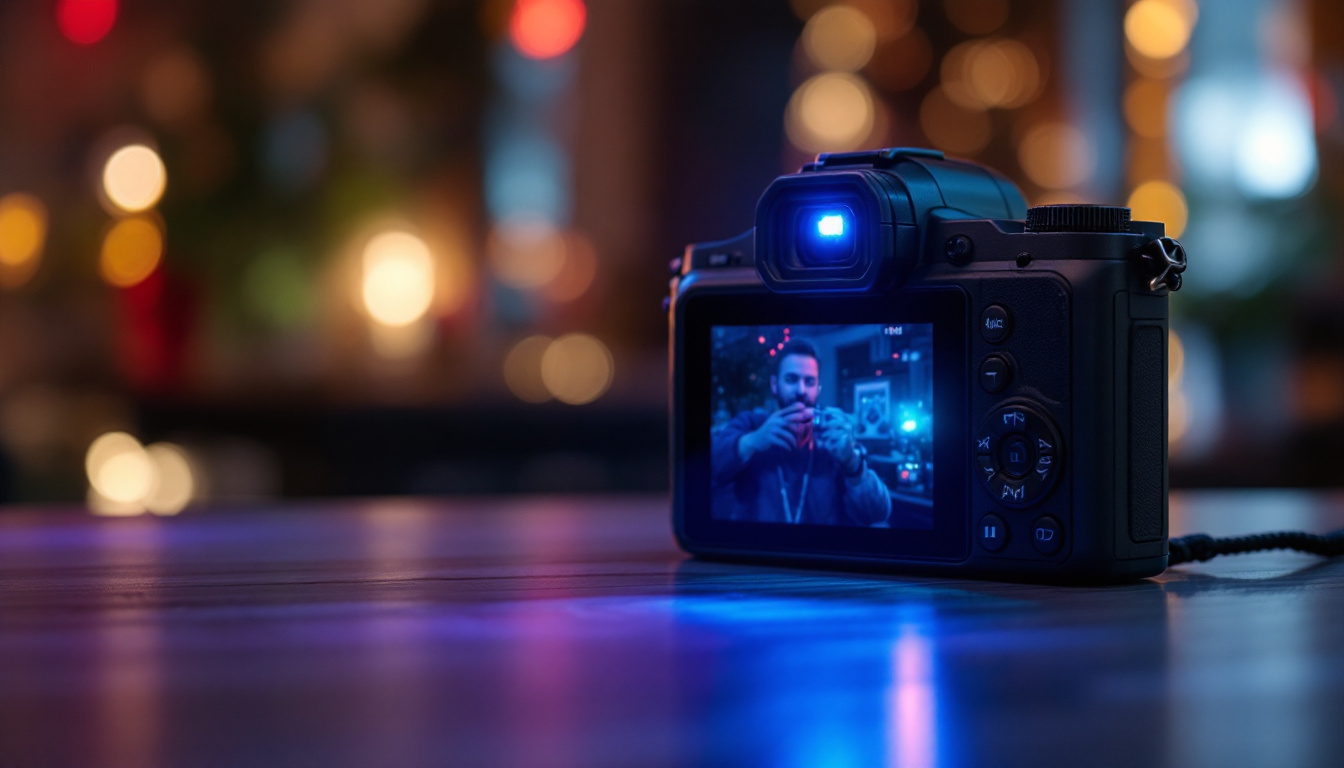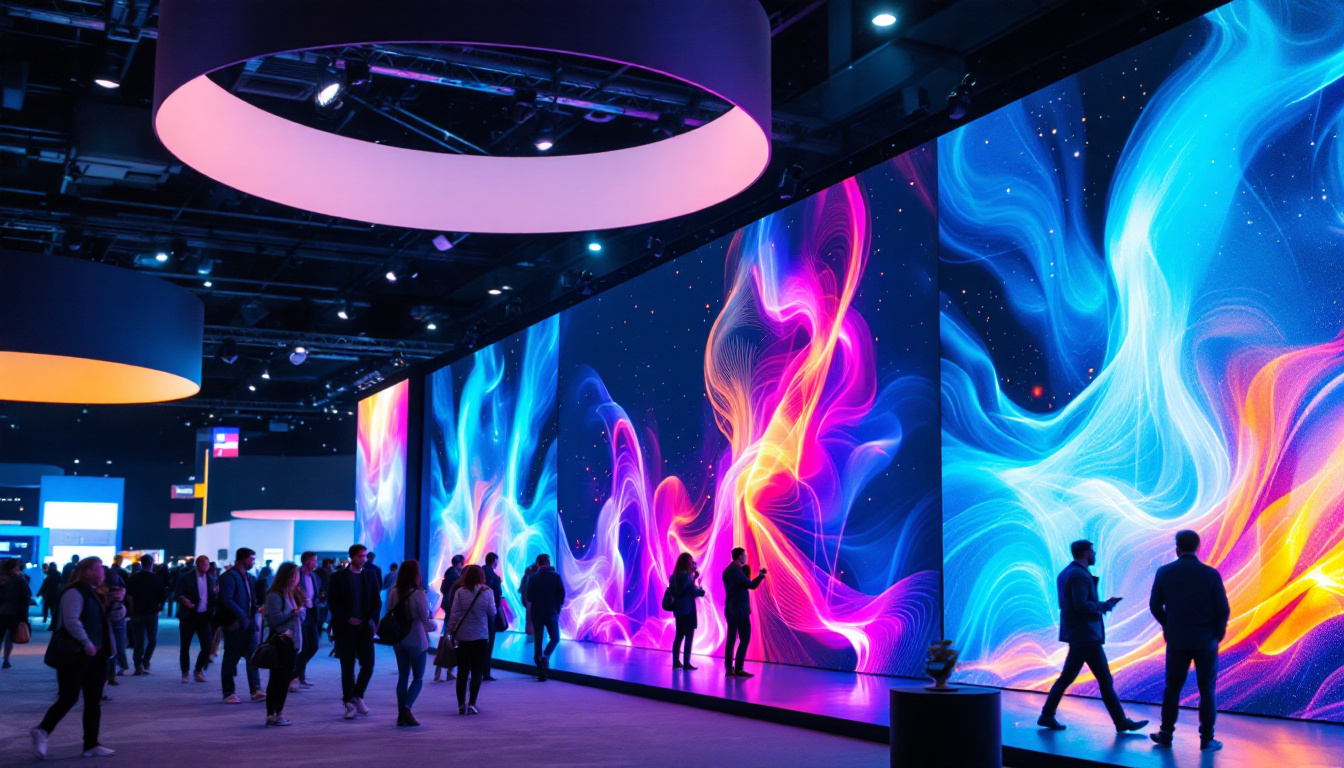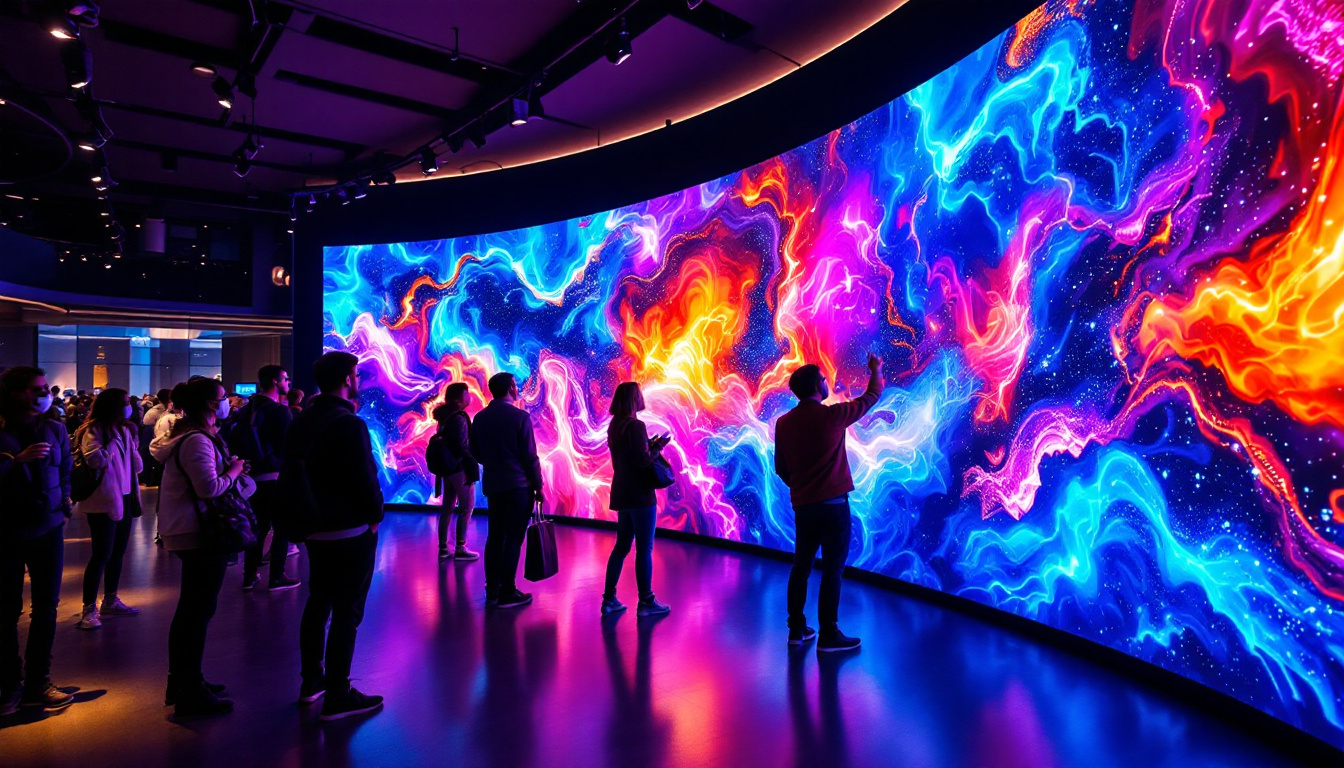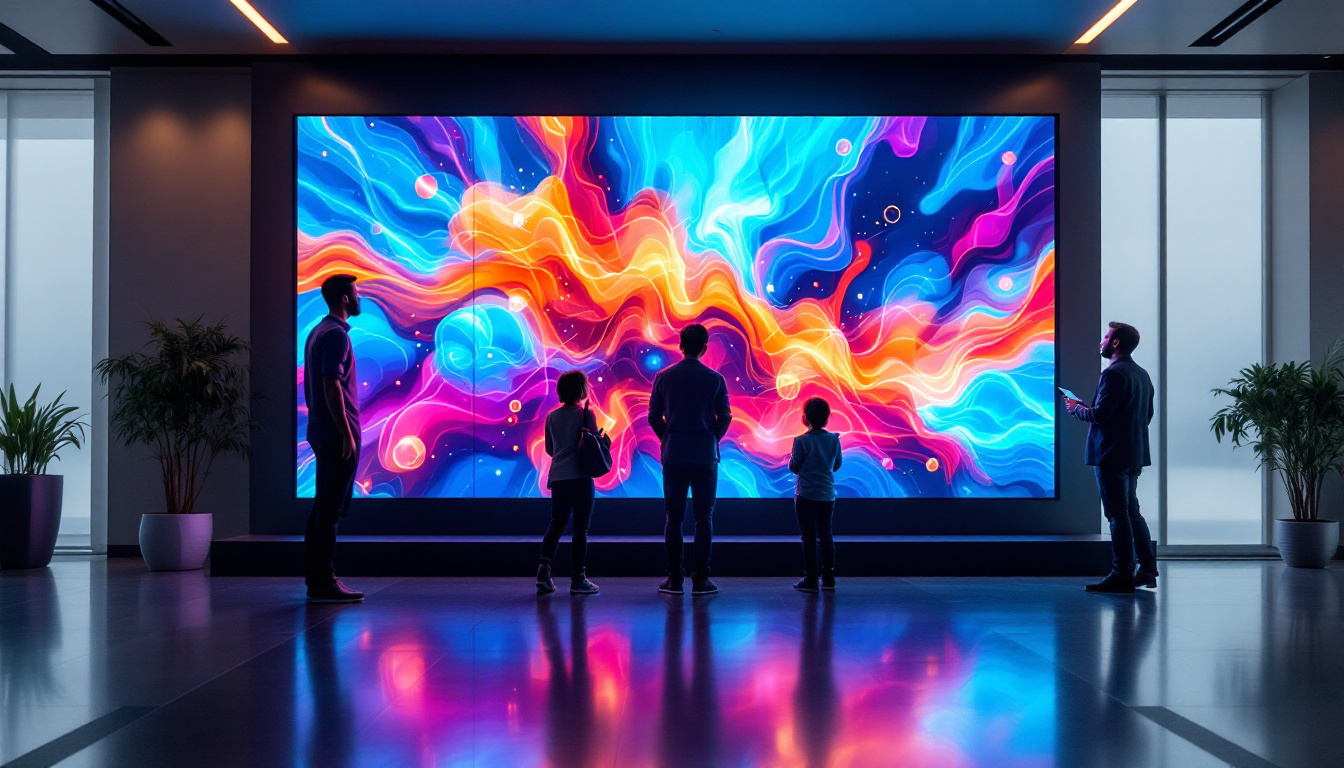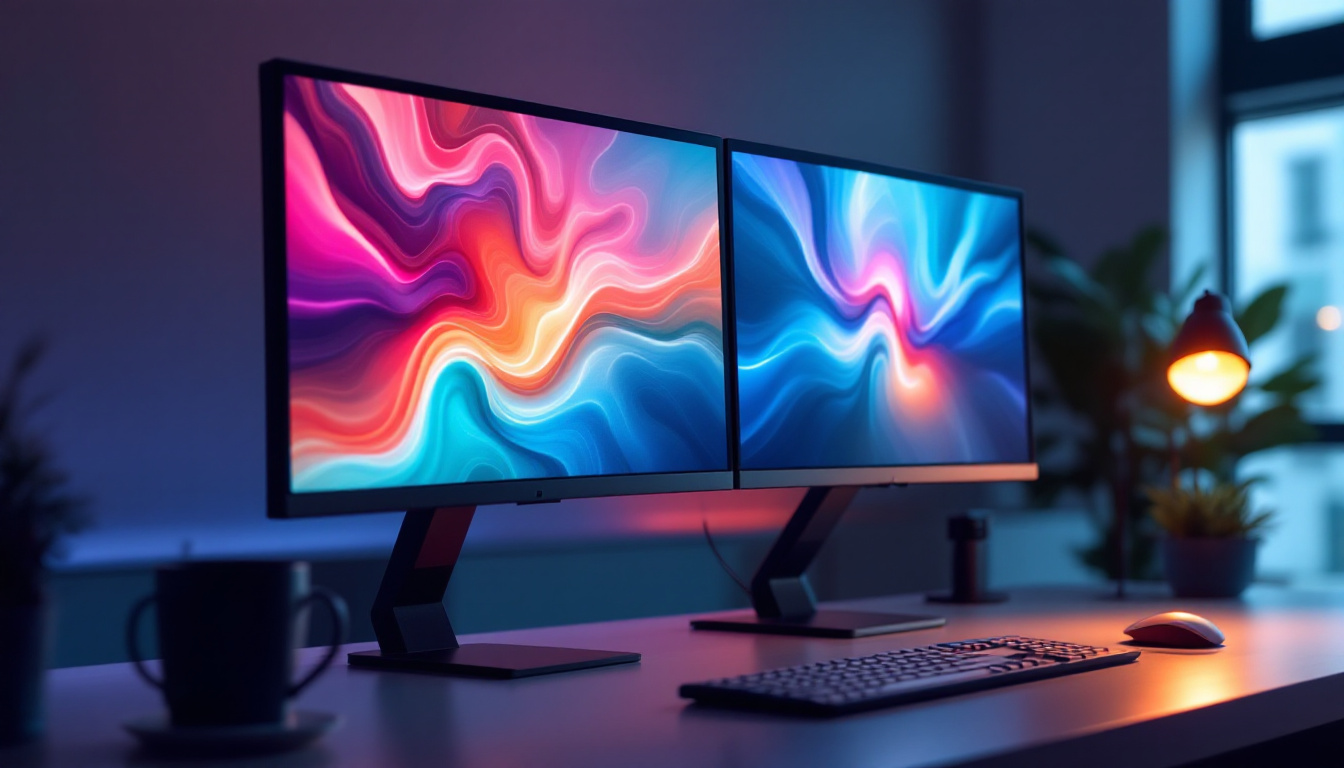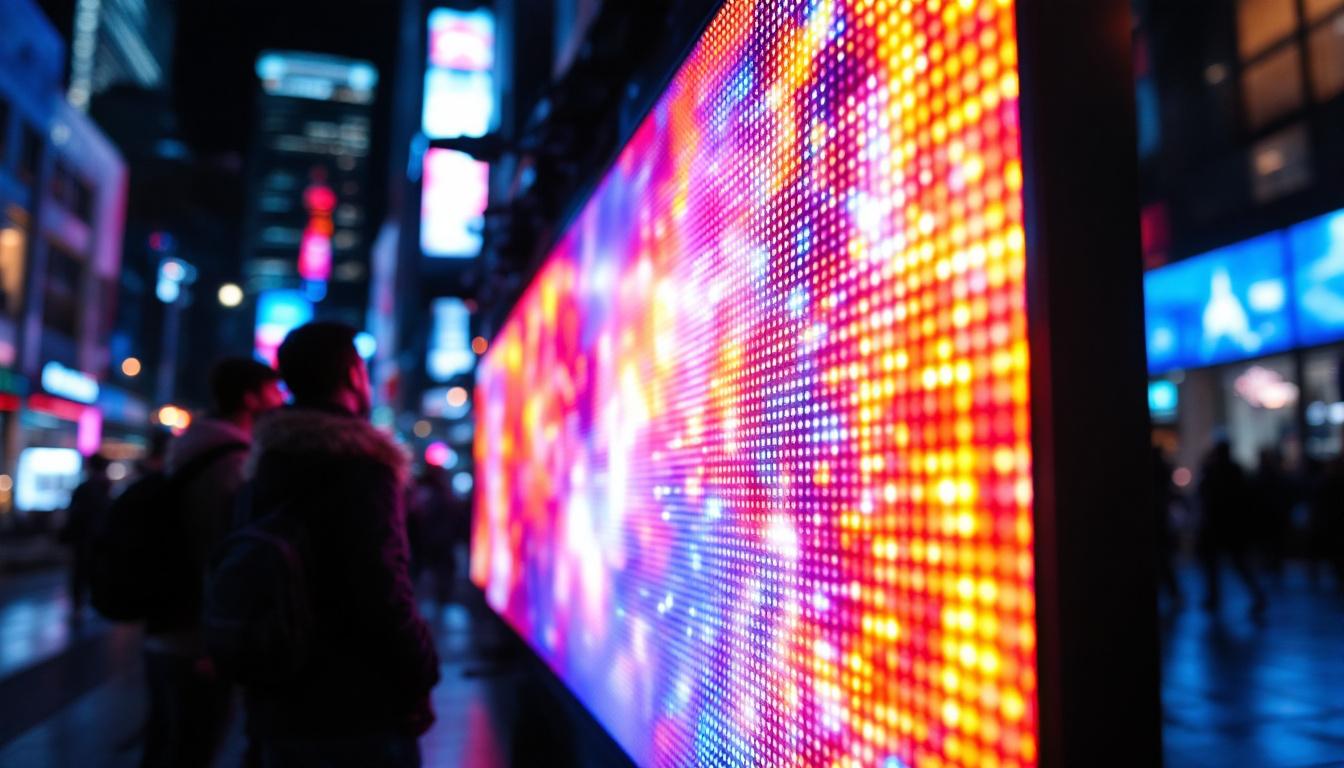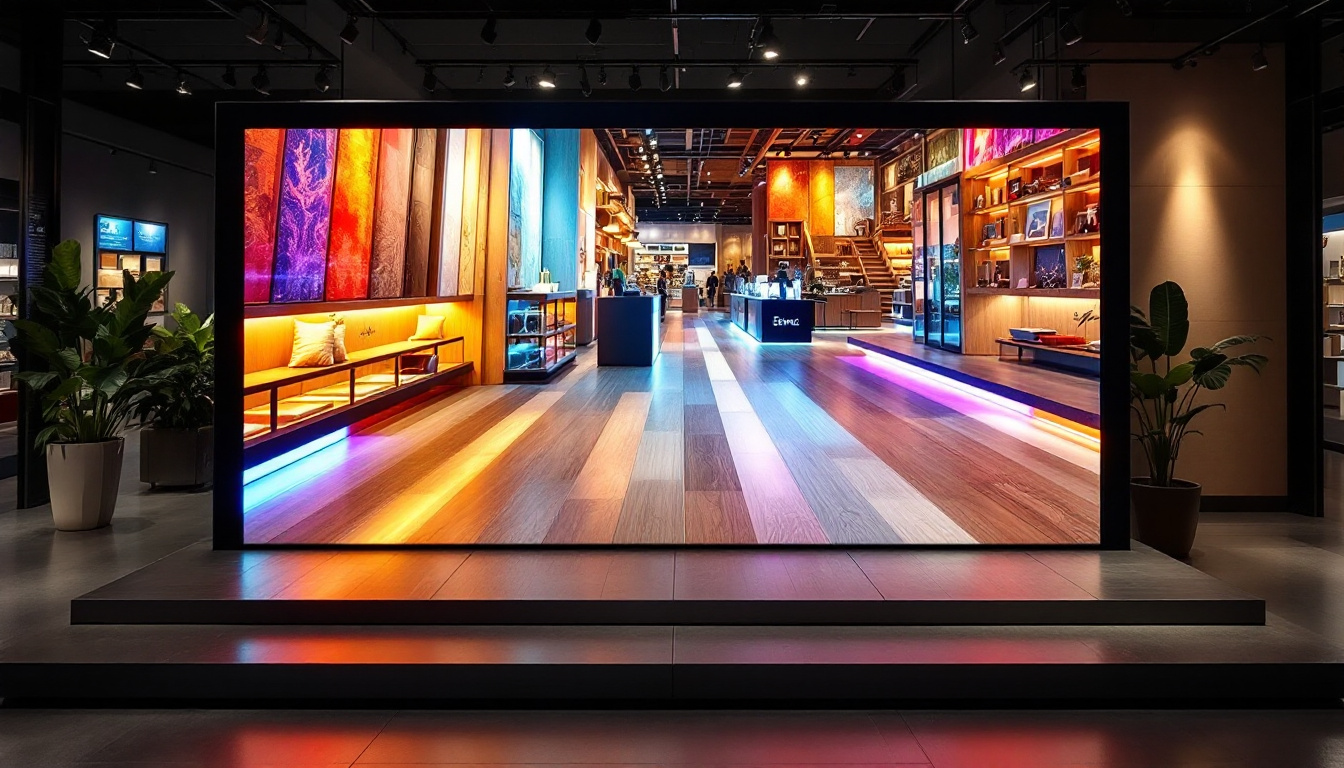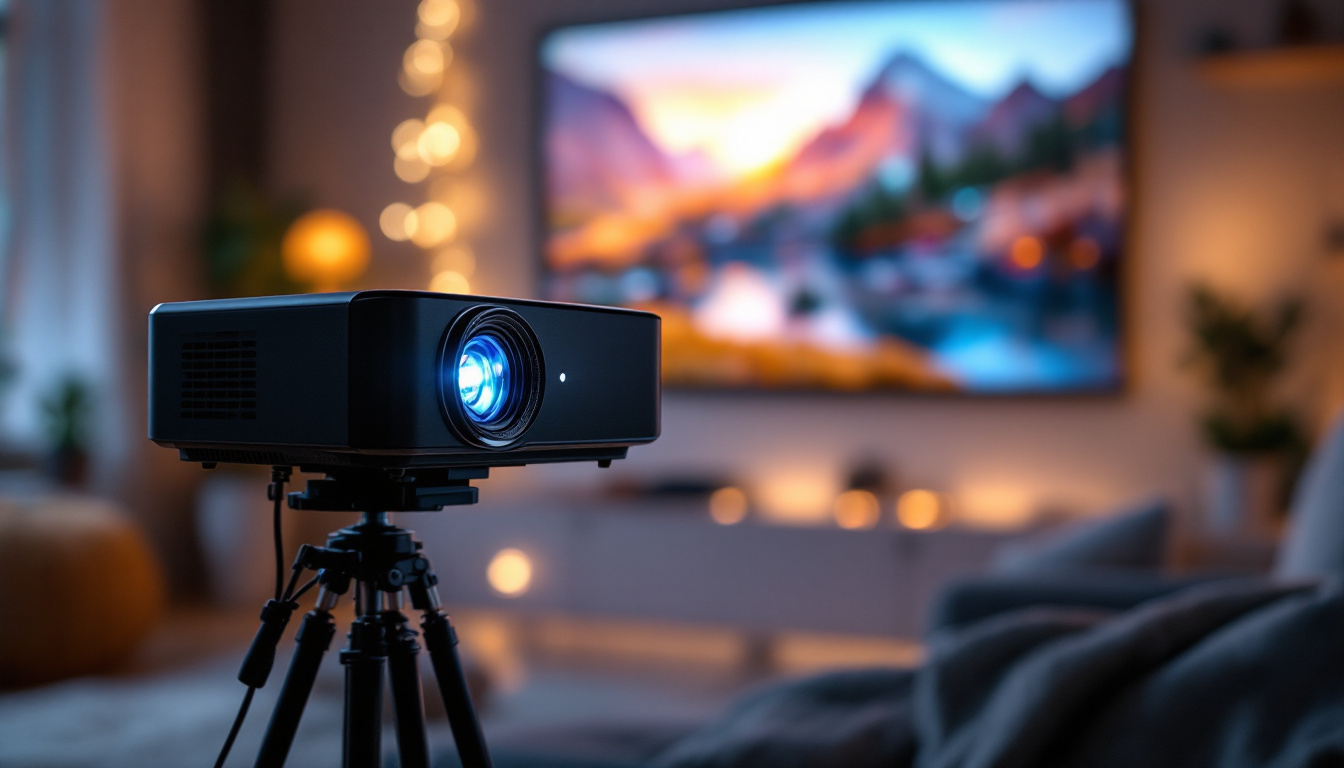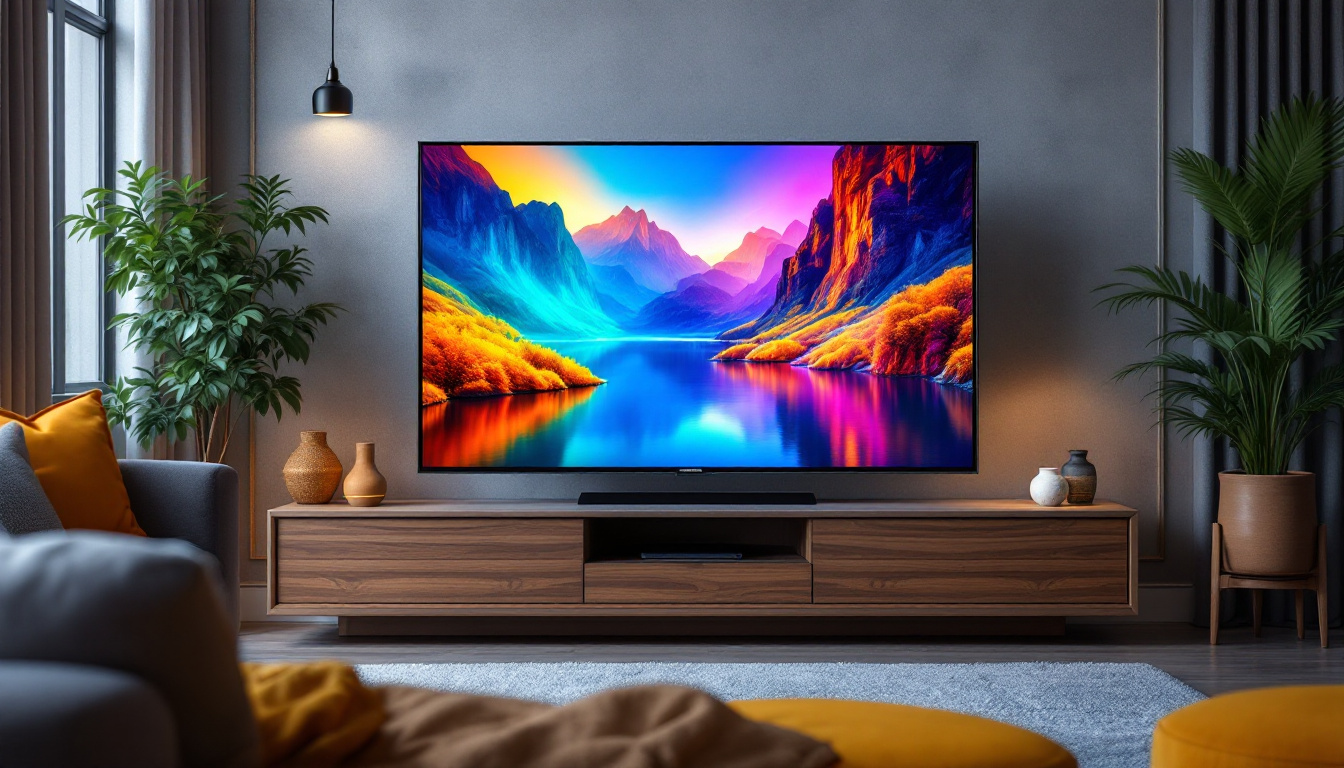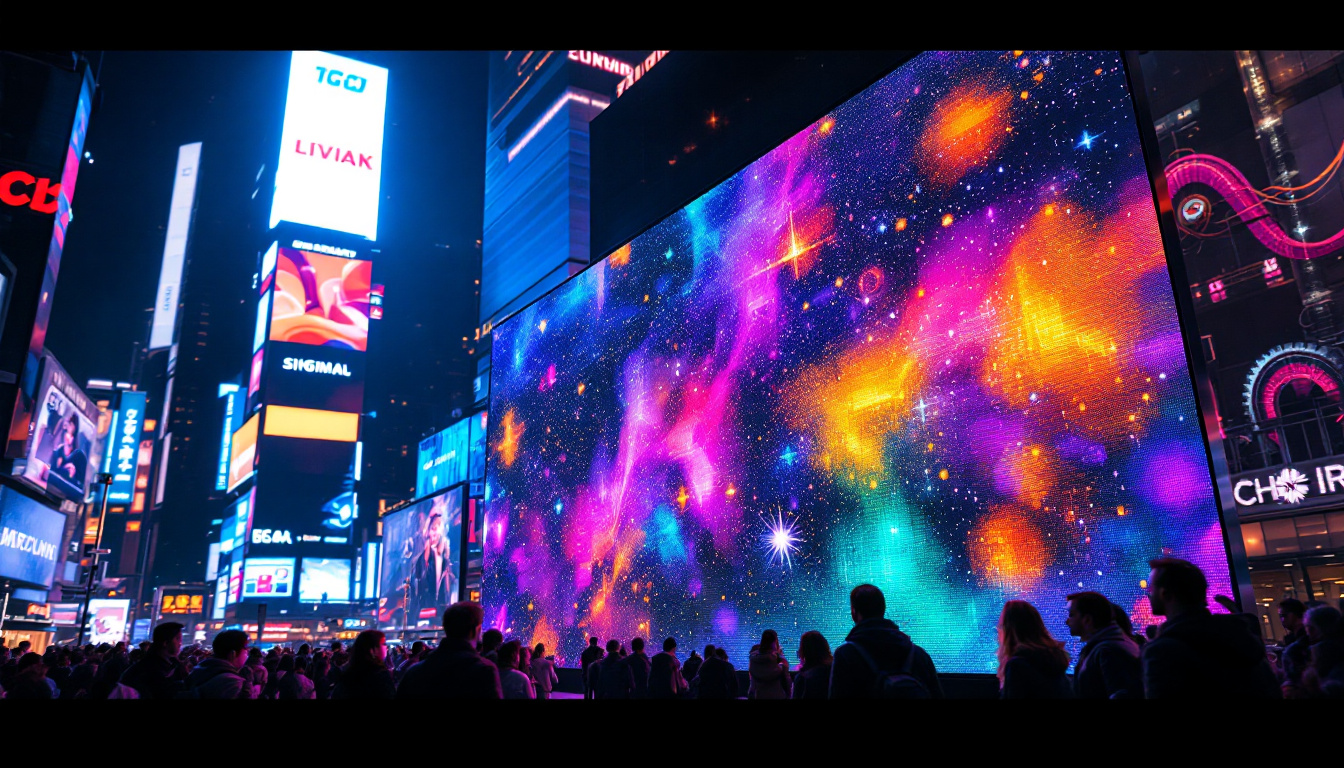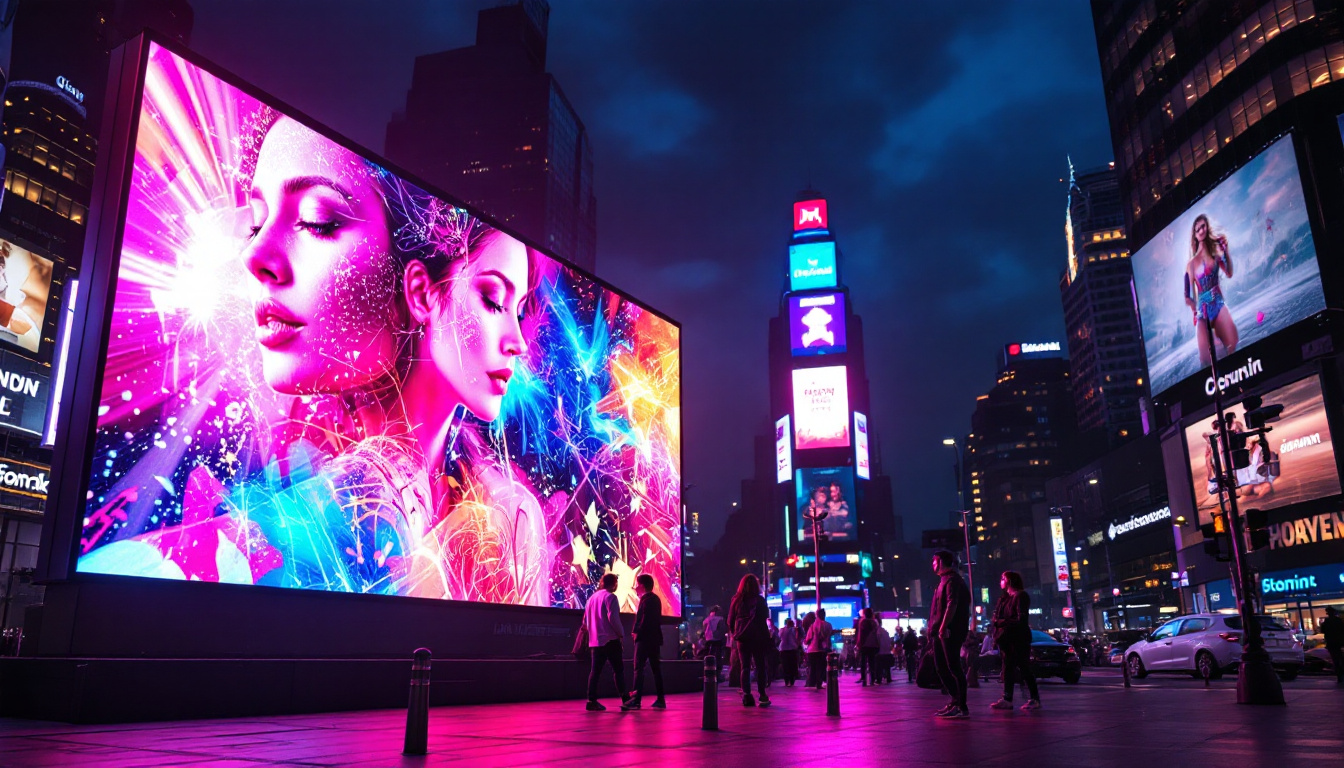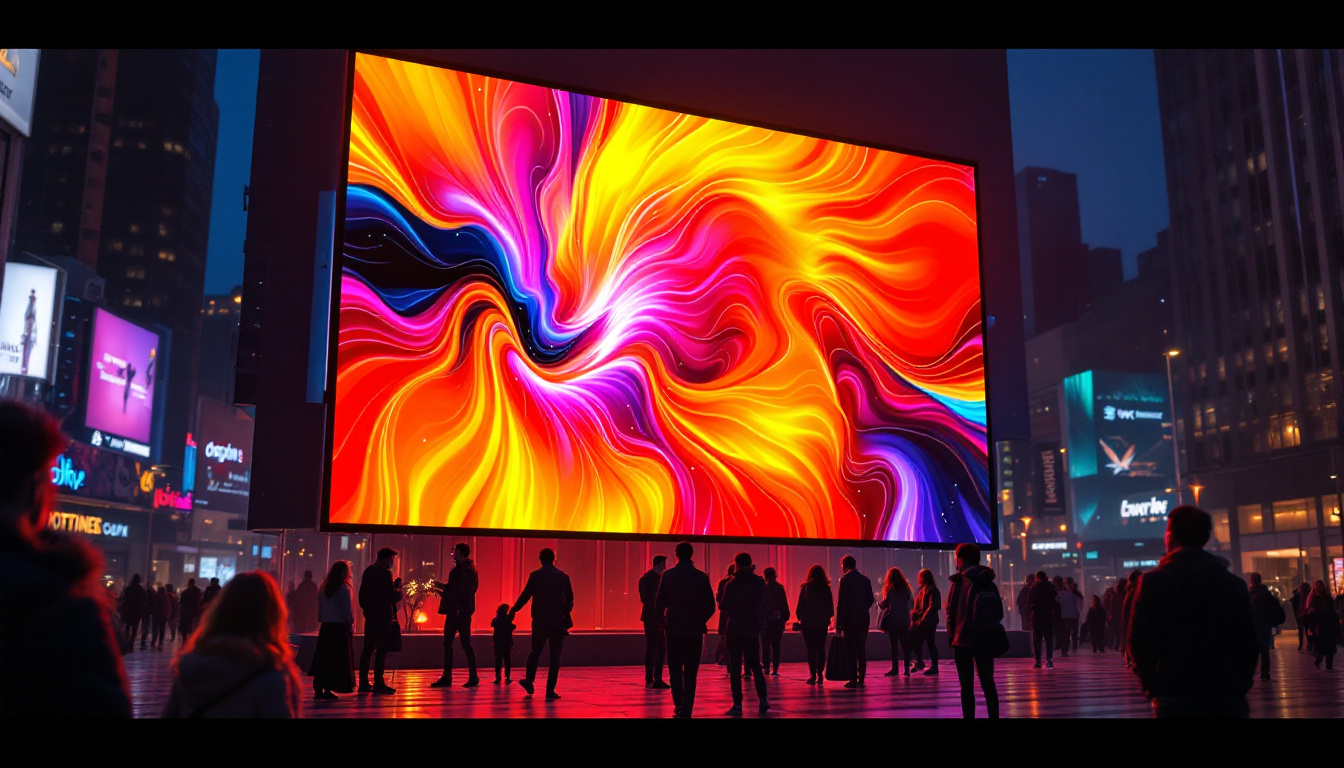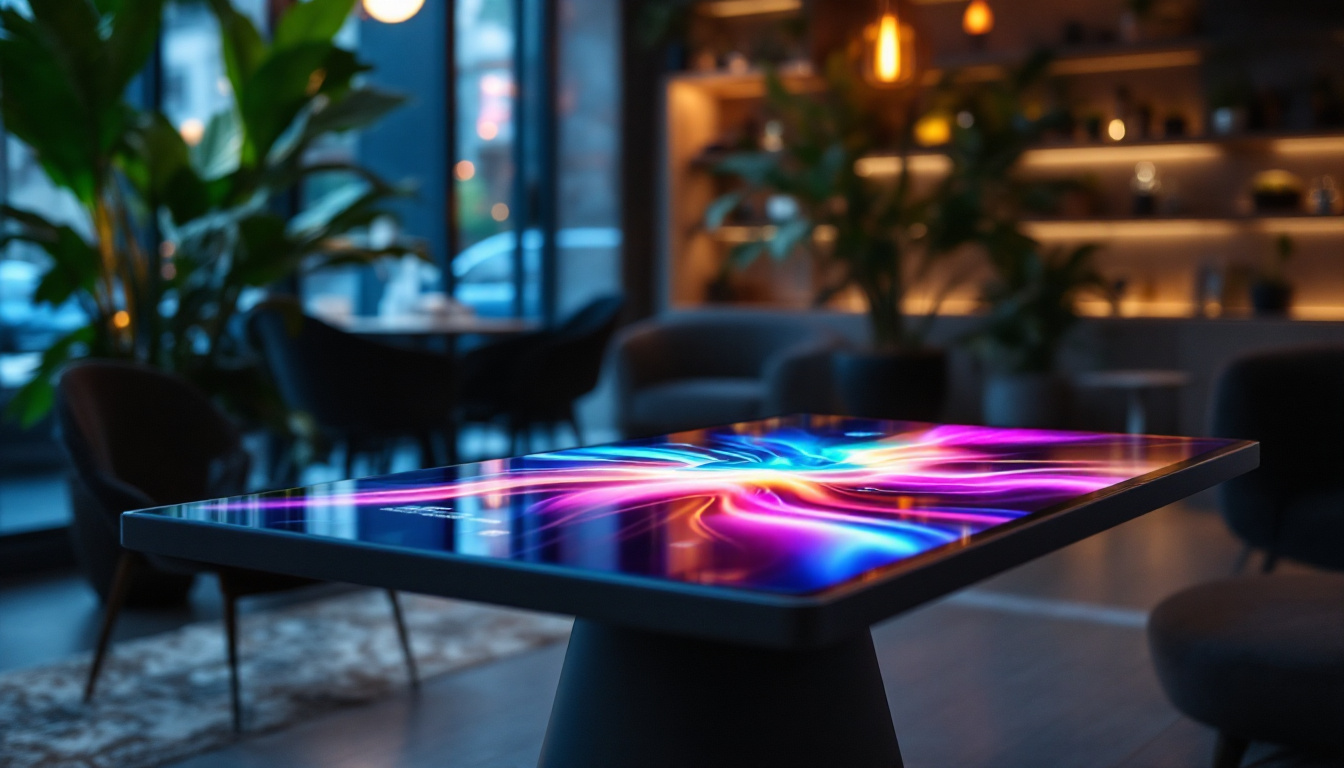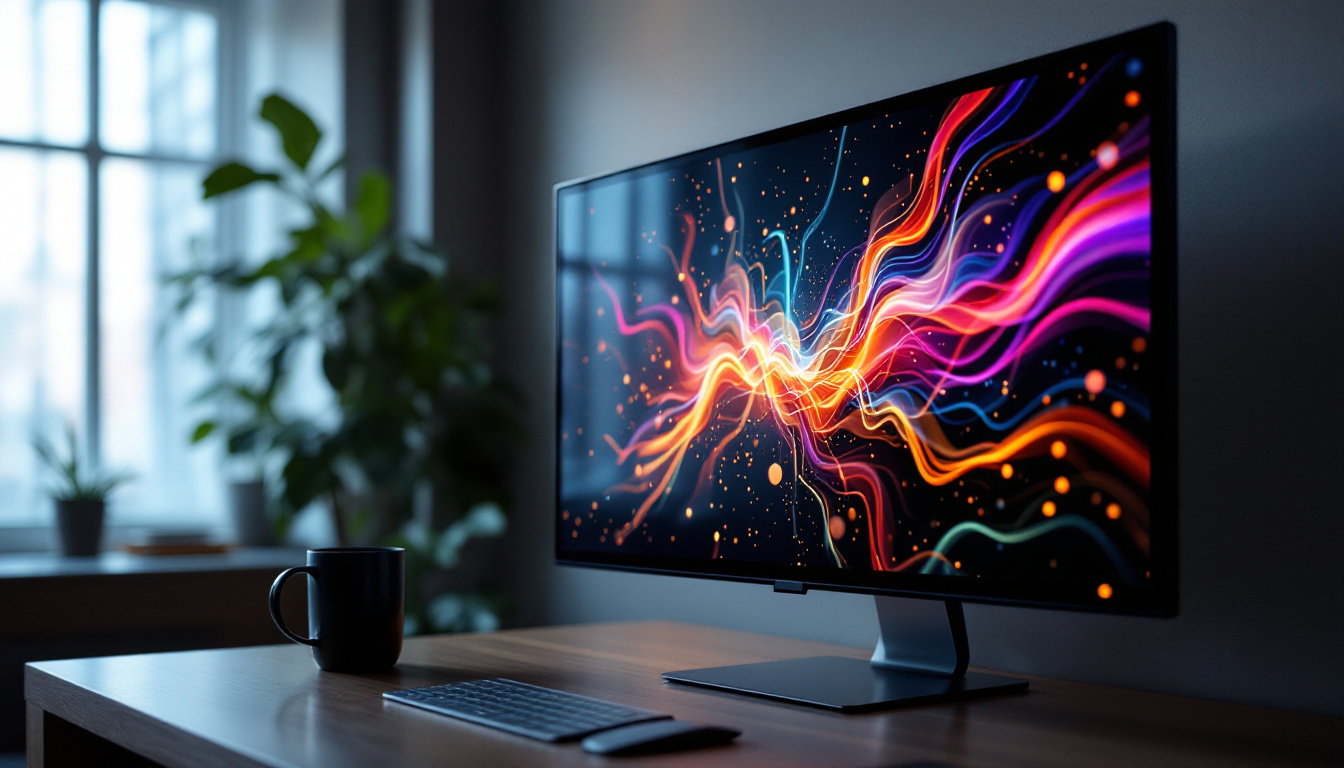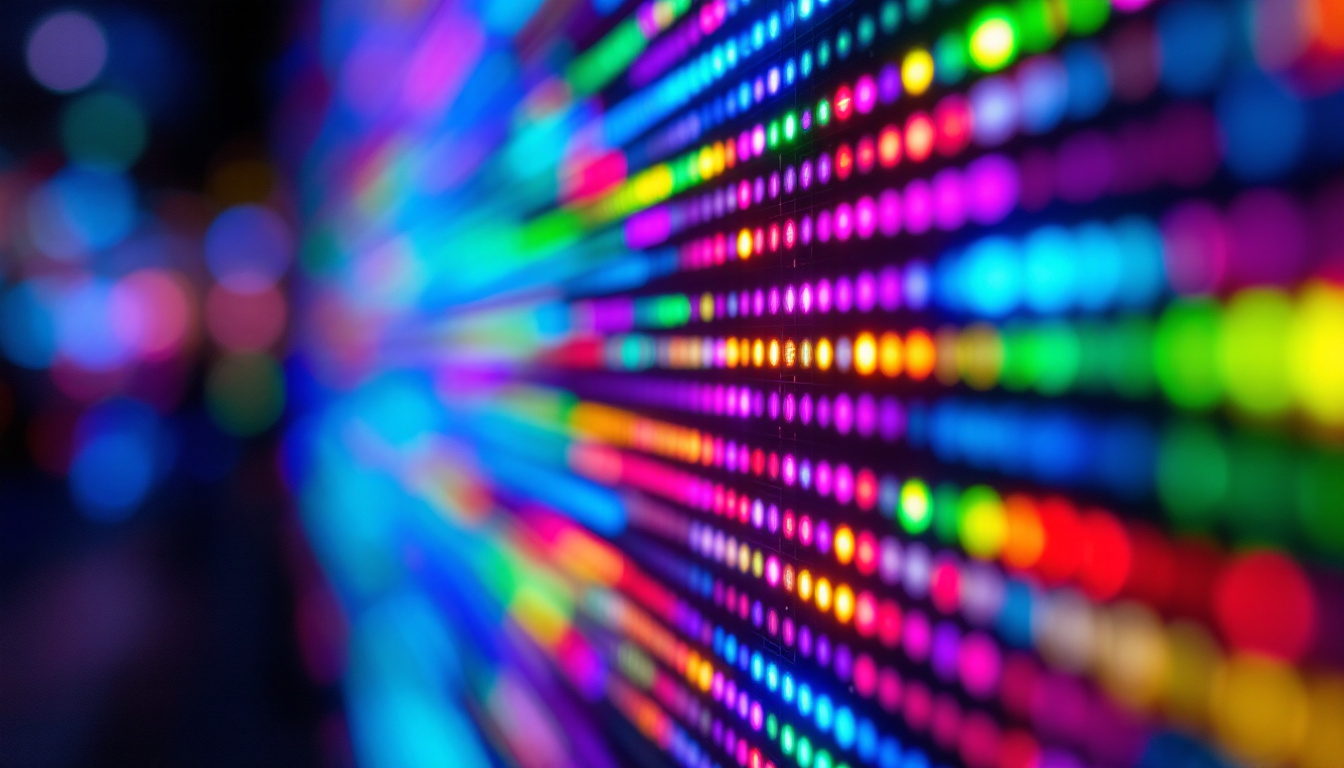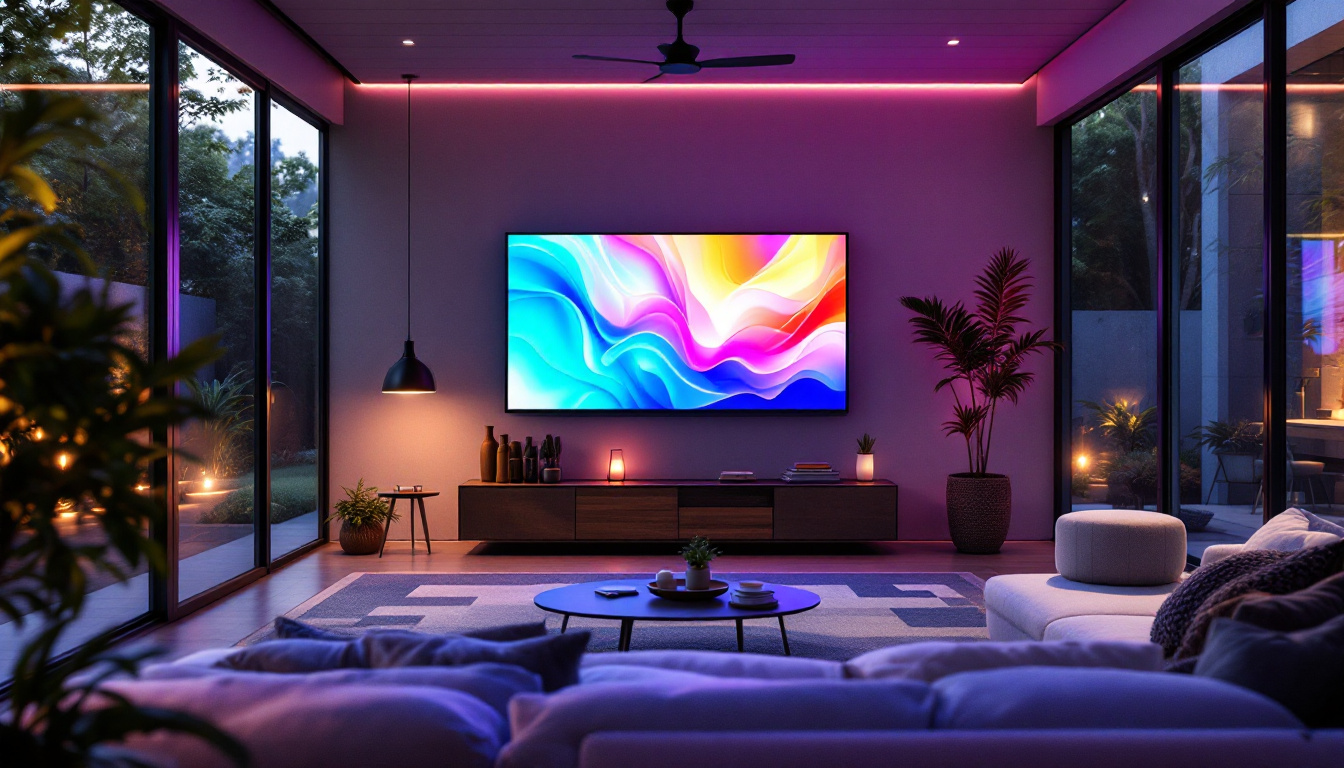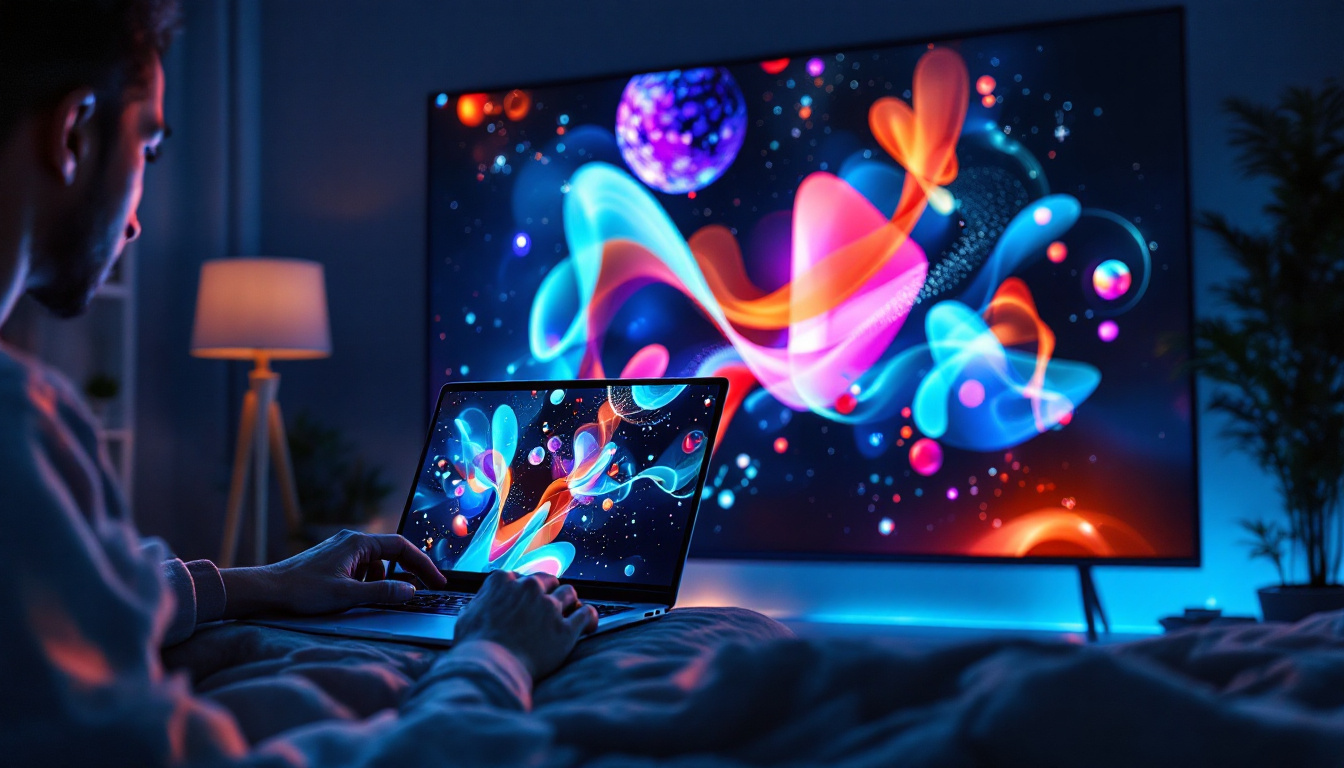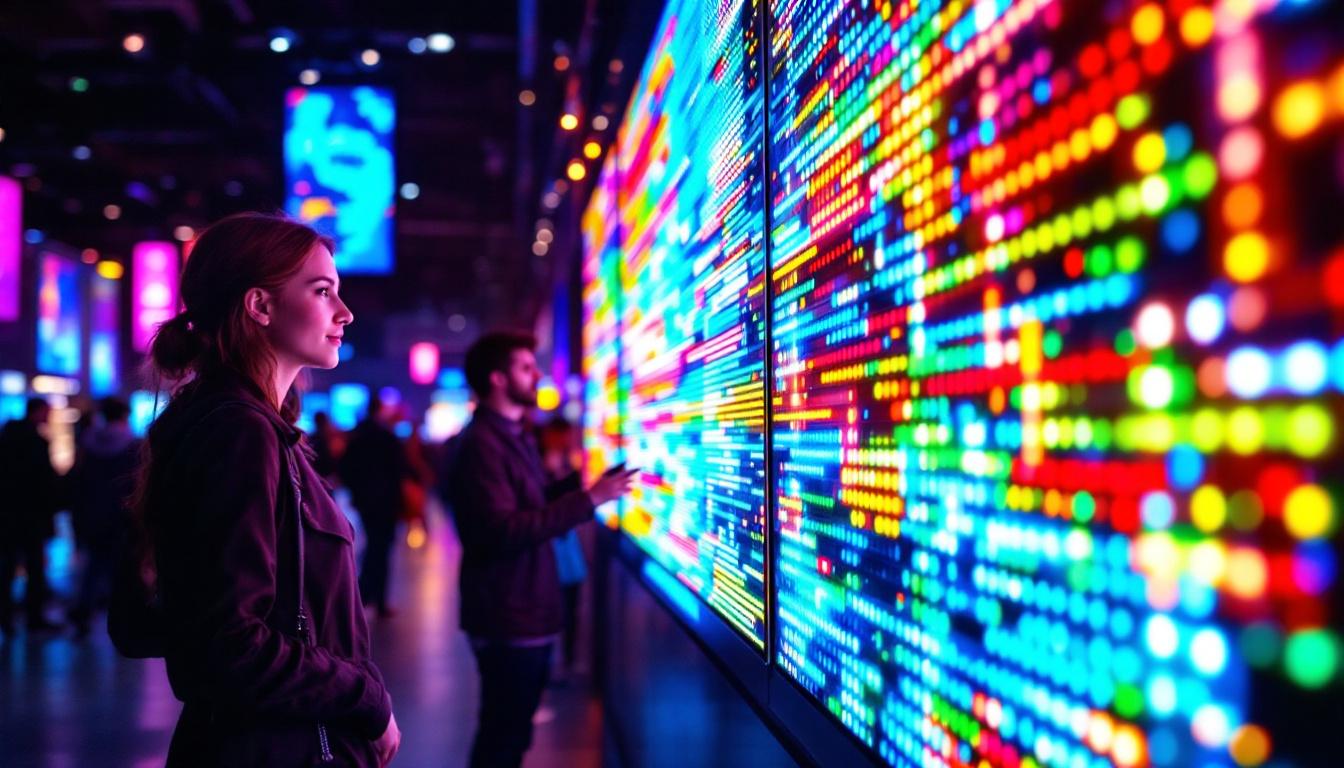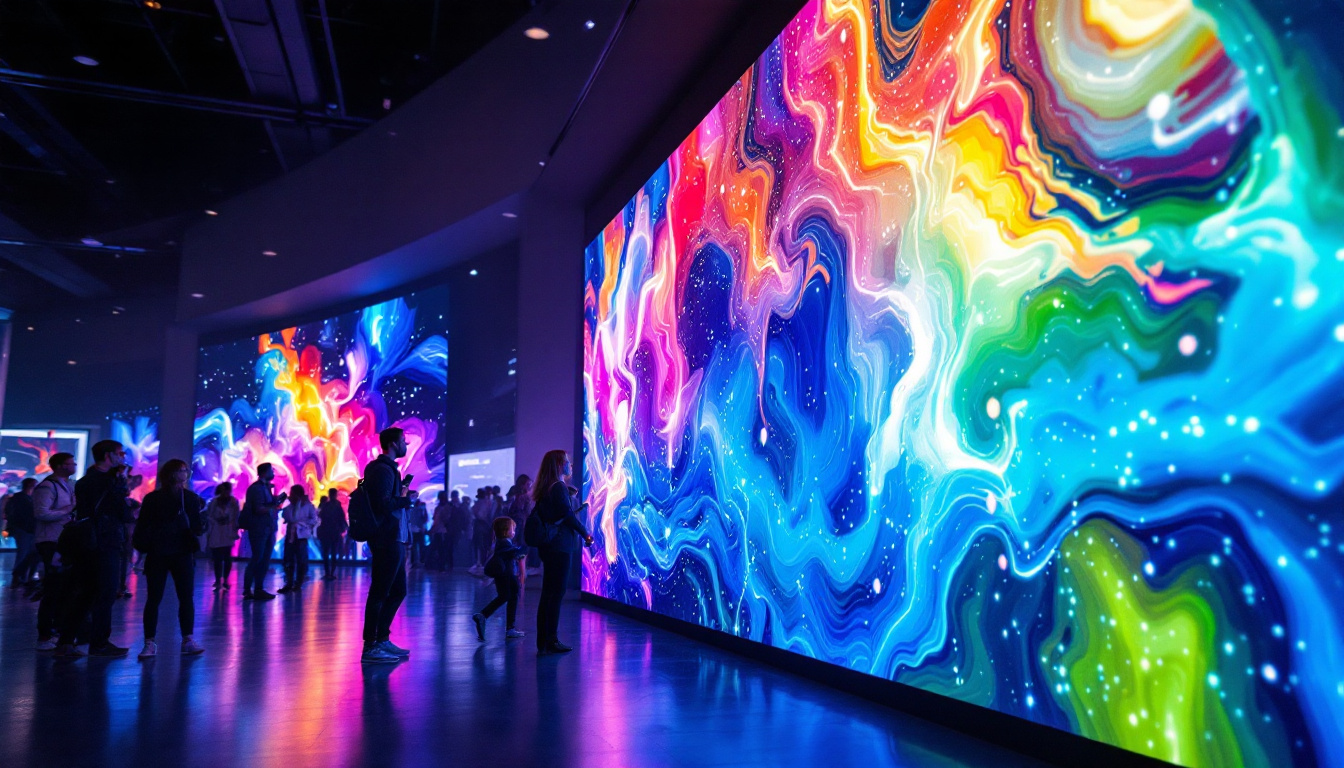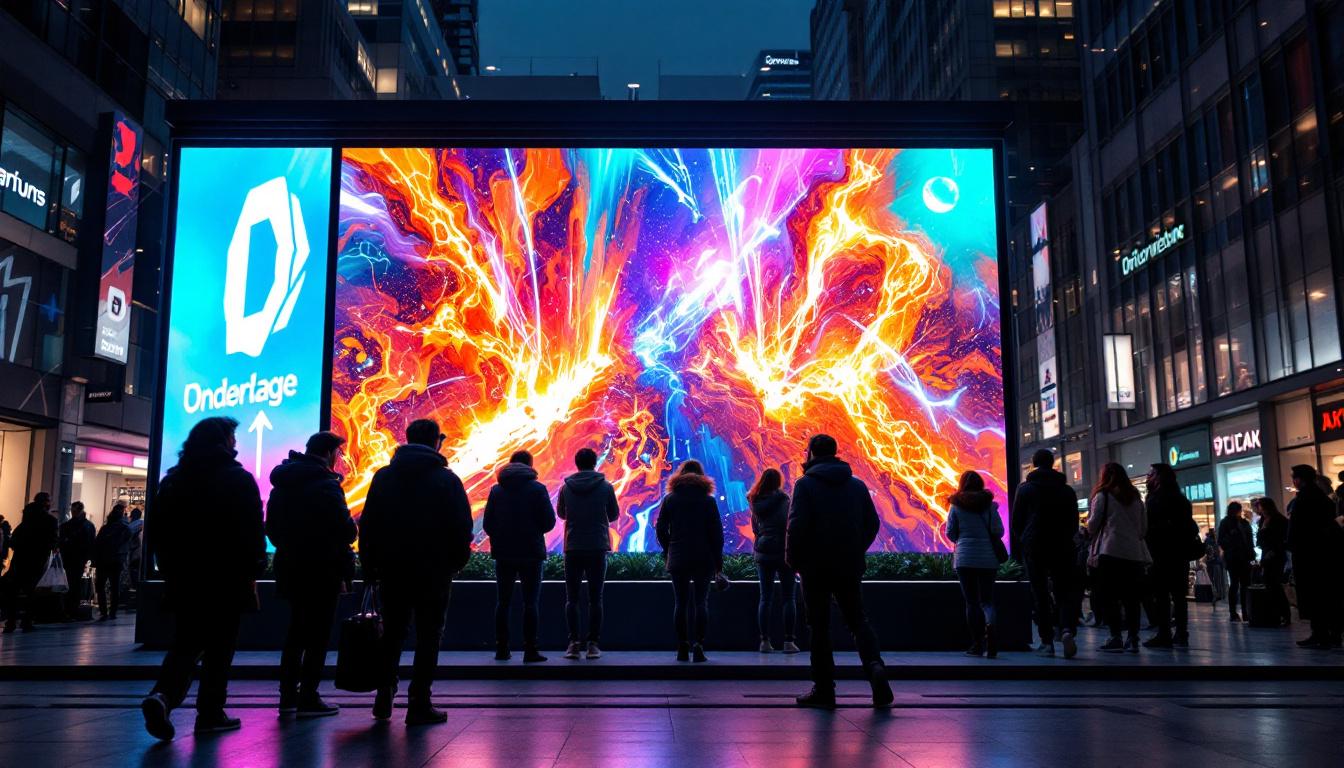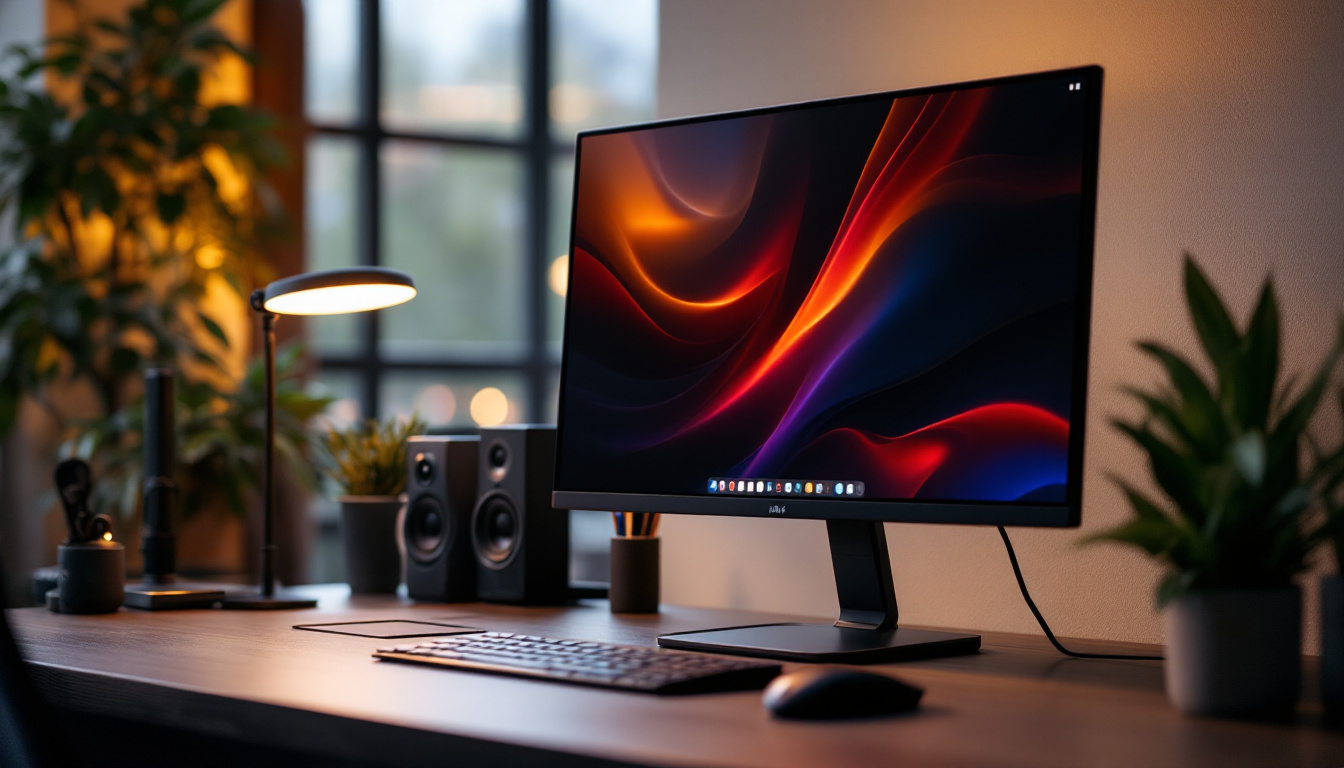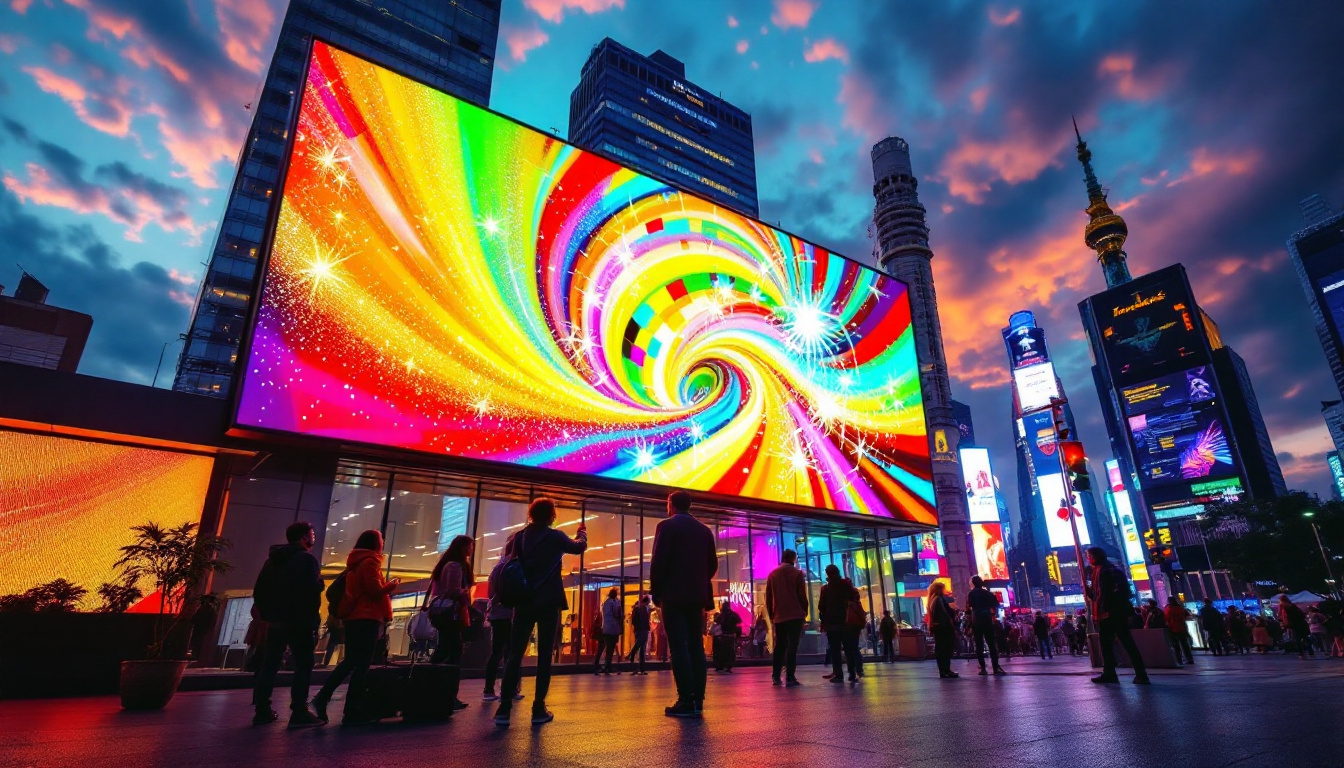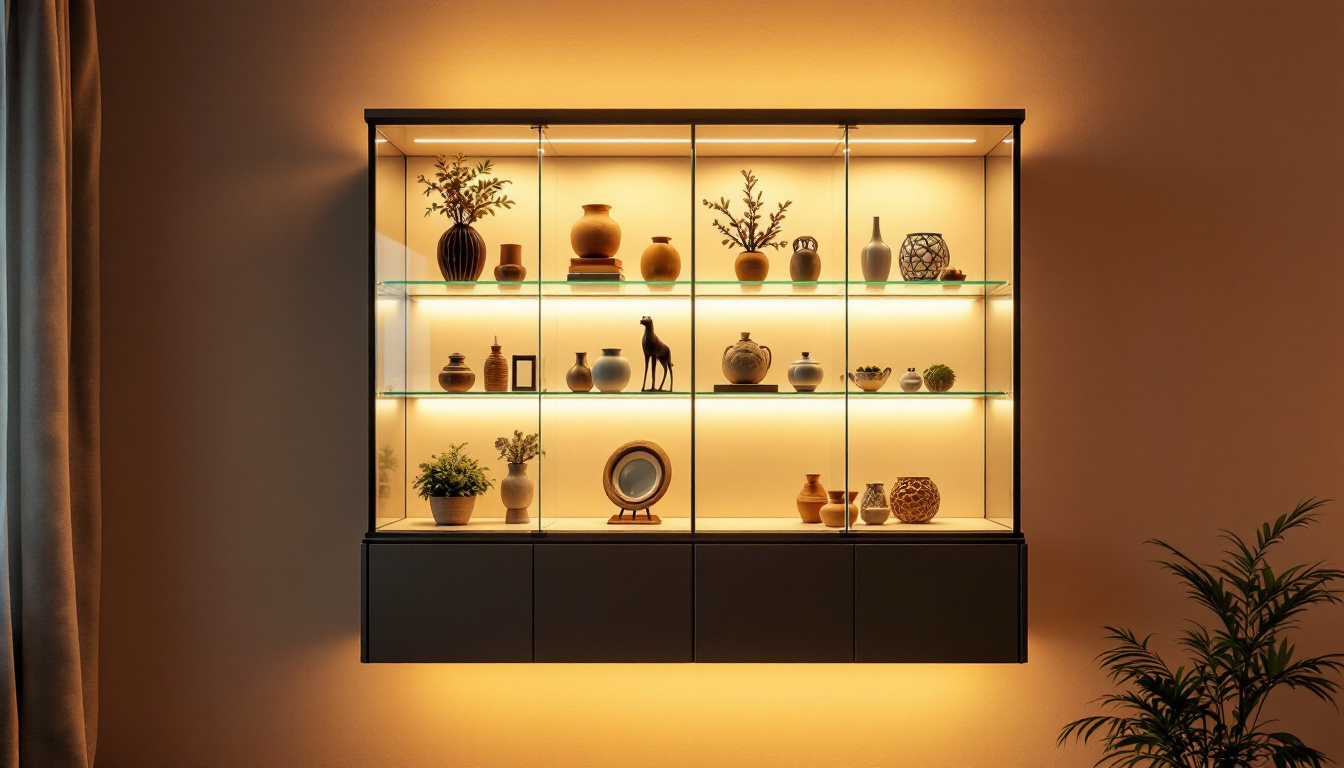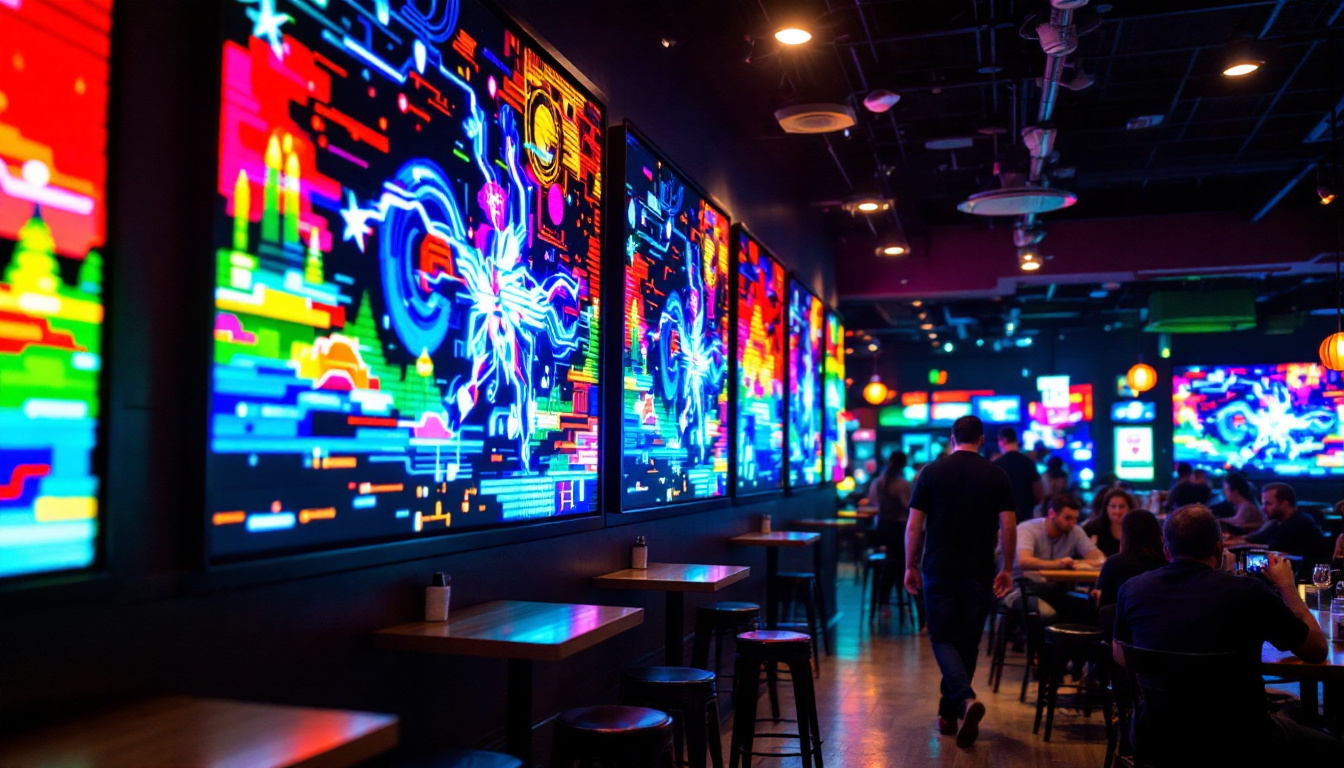The Quick Snap Camera has garnered attention for its innovative features and user-friendly design. One of the standout components of this camera is its LED display, which serves multiple functions and enhances the overall user experience. Understanding how the LED display works and its significance can help users maximize their photography potential. This article delves into the intricacies of the Quick Snap Camera’s LED display, exploring its features, benefits, and practical applications.
Understanding the LED Display
The LED display on the Quick Snap Camera is not just a simple screen; it is a multifunctional interface that provides vital information to the user. From displaying settings to providing real-time feedback, the LED display plays a crucial role in ensuring that photographers can capture the perfect shot.
Key Features of the LED Display
One of the most notable features of the LED display is its clarity and brightness. The screen is designed to be easily visible even in bright sunlight, allowing users to adjust their settings without straining their eyes. Additionally, the display provides a range of information, such as battery life, storage capacity, and shooting modes, all at a glance.
Another important aspect is the intuitive layout of the display. Icons and indicators are strategically placed to guide users through various functions. This design minimizes the learning curve, making it accessible for both novice and experienced photographers. For example, the use of color-coded indicators allows users to quickly assess their camera’s status—green for optimal settings, yellow for caution, and red for critical alerts—ensuring that they can respond promptly to any issues that may arise during their shoot.
Real-Time Feedback
The LED display offers real-time feedback, which is essential for capturing high-quality images. For instance, it shows the current exposure settings, shutter speed, and ISO levels, allowing users to make immediate adjustments. This feature is particularly beneficial in dynamic shooting environments where conditions can change rapidly. Photographers can react to shifting light conditions or moving subjects without having to take their eyes off the viewfinder, maintaining their creative flow.
Moreover, the display can also indicate focus status. Users can easily see whether their subject is in focus, which is critical for achieving sharp images. This immediate feedback can significantly enhance the shooting experience, reducing the likelihood of missed opportunities. Additionally, the LED display includes a histogram feature that provides a visual representation of the exposure levels in an image. This tool helps photographers ensure that they are not losing details in the highlights or shadows, allowing for more balanced and well-exposed photographs. With such comprehensive feedback available at a glance, photographers can confidently experiment with different settings and techniques, knowing they have the information they need to make informed decisions on the fly.
Benefits of the LED Display
The LED display on the Quick Snap Camera is designed not only for functionality but also to enhance the overall photography experience. Understanding these benefits can help users appreciate the value of this feature.
Enhanced User Experience
One of the primary benefits of the LED display is the enhanced user experience it provides. The clear and concise information allows photographers to focus on their creativity rather than getting bogged down by technical details. This streamlined approach encourages users to experiment with different settings and styles, fostering a more enjoyable shooting process.
Additionally, the LED display’s intuitive design means that users can quickly familiarize themselves with the camera’s features. This accessibility can lead to increased confidence, especially for those who may be new to photography. The display often includes visual cues and icons that simplify complex functions, making it easier for users to navigate through various modes and settings without feeling overwhelmed.
This user-friendly interface not only boosts confidence but also encourages more spontaneous photography. With the camera’s features easily accessible at a glance, users can seize fleeting moments without hesitation, capturing memories that might otherwise slip away. The LED display thus acts as a bridge between technology and artistry, allowing photographers to express themselves fully.
Improved Efficiency
Efficiency is another significant advantage of the LED display. With all essential information readily available, users can make adjustments on the fly, ensuring they never miss a moment. This is particularly advantageous in fast-paced environments, such as events or wildlife photography, where timing is crucial.
Furthermore, the ability to monitor battery life and storage capacity directly from the display helps users manage their resources effectively. Photographers can plan their shooting sessions better, avoiding the frustration of running out of battery or memory in the middle of an important shoot. The LED display often includes alerts for low battery or memory, giving users ample time to prepare for a change or backup, thus minimizing interruptions during critical shooting moments.
Moreover, the LED display can also provide real-time feedback on exposure settings, shutter speed, and ISO levels, allowing photographers to make informed decisions instantly. This immediate feedback loop is invaluable, especially for those shooting in challenging lighting conditions. By being able to see the effects of their adjustments in real time, photographers can fine-tune their settings to achieve the desired artistic effect, making the shooting process not only efficient but also more rewarding.
Practical Applications of the LED Display
The practical applications of the LED display extend beyond just providing information. It serves as a tool that can significantly enhance the quality of photographs taken with the Quick Snap Camera.
Customizing Settings for Different Environments
Different shooting environments require different camera settings. The LED display allows users to quickly switch between modes, such as portrait, landscape, or night photography. This adaptability is crucial for capturing the essence of various scenes, whether it be a bustling cityscape or a serene sunset.
Moreover, the ability to see real-time adjustments to settings like exposure and ISO helps photographers understand how these changes affect their images. This knowledge can lead to more intentional shooting, allowing for creative experimentation and improved results.
Monitoring and Adjusting During Shooting
During a shoot, conditions can change rapidly. The LED display enables users to monitor their settings continuously, making it easy to adapt to new lighting conditions or subjects. For instance, if a cloud covers the sun, the photographer can quickly adjust the exposure settings without missing a beat.
This real-time monitoring also applies to focus adjustments. The display provides visual cues regarding focus status, ensuring that users can quickly confirm that their subjects are sharp and clear. This capability is particularly valuable in fast-moving scenarios, where every second counts.
Comparing LED Displays in Cameras
While the Quick Snap Camera’s LED display is impressive, it is essential to consider how it stacks up against LED displays in other cameras. This comparison can provide insights into the strengths and weaknesses of various models.
Resolution and Clarity
One of the critical factors in evaluating LED displays is resolution and clarity. The Quick Snap Camera boasts a high-resolution display that offers vibrant colors and sharp details. This clarity is vital for accurately assessing image quality and making necessary adjustments.
In contrast, some other cameras may feature lower-resolution displays, which can lead to difficulties in reading information or assessing focus. A high-quality display can make a significant difference in the user experience, especially for those who rely heavily on visual feedback.
Functionality and Customization
Another area of comparison is functionality. The Quick Snap Camera’s LED display is designed with user customization in mind, allowing photographers to tailor the information displayed according to their preferences. This level of customization can enhance the shooting experience, providing users with the specific data they need at any given moment.
On the other hand, some cameras may offer limited customization options, which can hinder the user experience. A flexible display that adapts to individual needs can significantly improve shooting efficiency and satisfaction.
Future of LED Displays in Photography
The evolution of technology continues to shape the landscape of photography, and LED displays are no exception. As cameras become more advanced, the role of LED displays will likely expand, offering even more features and functionalities.
Integration with Smart Technology
One exciting possibility is the integration of LED displays with smart technology. Future cameras may incorporate features such as real-time image analysis, allowing the display to suggest optimal settings based on the environment. This level of automation could revolutionize the way photographers approach their craft, making it easier for users to achieve professional-quality results.
Additionally, connectivity features may allow for seamless integration with smartphones and other devices. This could enable users to share images instantly or access additional editing tools directly from their camera’s display.
Enhanced User Interface
The user interface of LED displays is also likely to evolve. Future designs may prioritize even greater user-friendliness, incorporating touch-sensitive screens or customizable layouts that adapt to the user’s shooting style. Such advancements could further streamline the photography process, making it more intuitive and enjoyable.
Conclusion
The LED display of the Quick Snap Camera is a pivotal feature that enhances the overall photography experience. Its clarity, functionality, and real-time feedback capabilities empower users to take control of their shooting process, leading to improved results and greater satisfaction.
As technology continues to advance, the future of LED displays in photography looks promising. With potential integrations with smart technology and enhanced user interfaces, photographers can look forward to even more innovative features that will further elevate their craft.
In summary, understanding the intricacies of the LED display can significantly enhance the way photographers utilize the Quick Snap Camera. By leveraging its features, users can unlock their creative potential and capture stunning images with confidence.
Discover LumenMatrix’s Advanced LED Display Solutions
Ready to elevate your photography and visual storytelling? Explore the full range of innovative LED display solutions offered by LumenMatrix. Whether you’re looking for Indoor LED Walls, Outdoor Displays, or specialized options like Sports or Vehicle LED Displays, LumenMatrix has the cutting-edge technology to bring your images to life. Experience the future of visual communication and check out LumenMatrix LED Display Solutions today to see how they can transform your creative endeavors.

